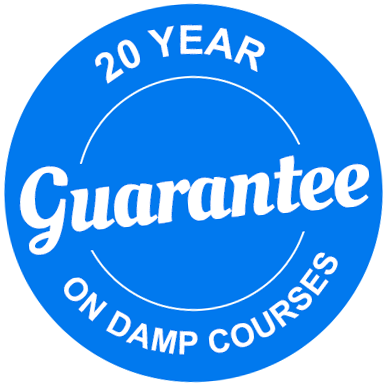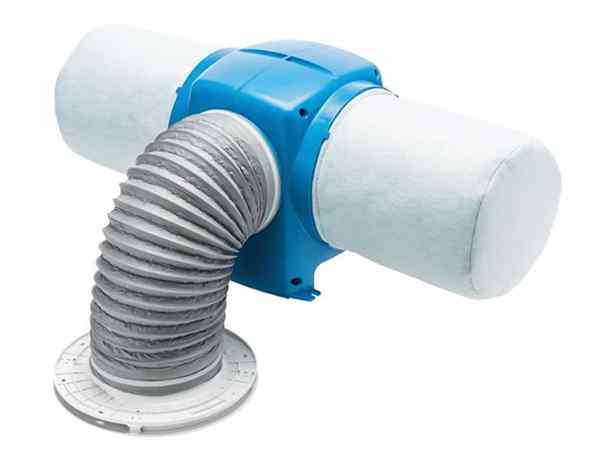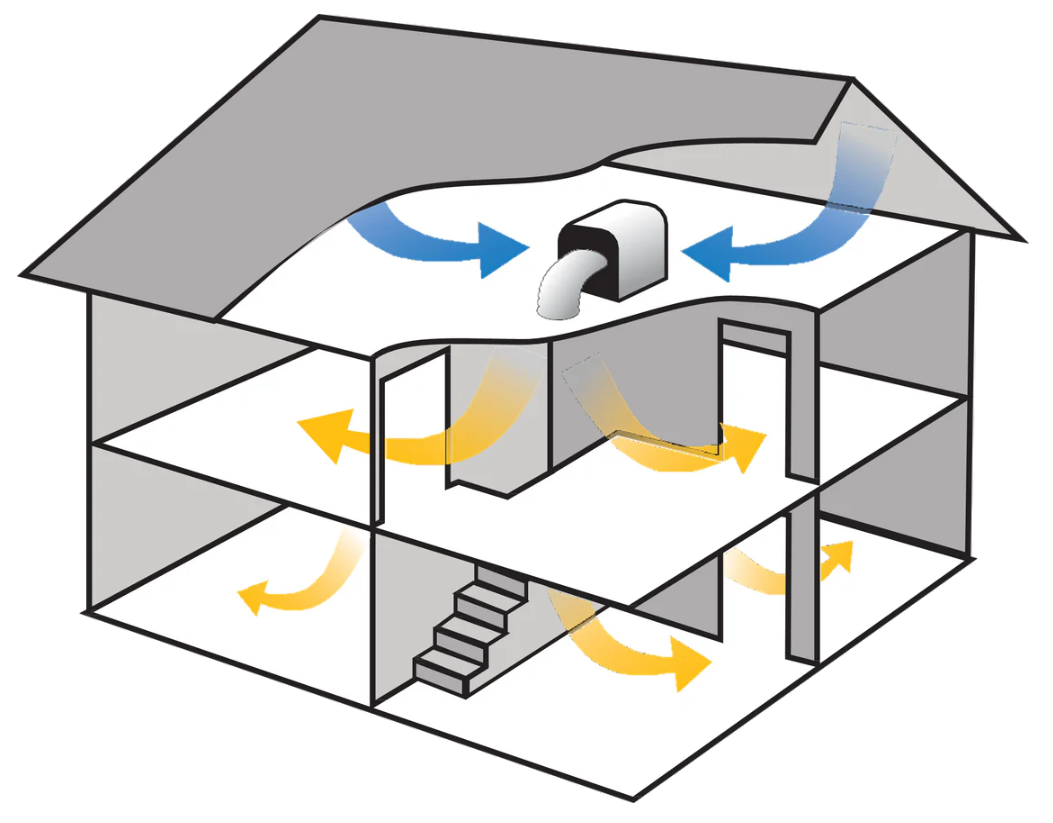
- Home
- Our Services
Positive Input Ventilation
Positive Input Ventilation (P.I.V.)
A Positive Input Ventilation (PIV) unit is a home ventilation system designed to improve indoor air quality and help control moisture levels in a property. Here's how it works and how it can help reduce damp in your home:
Eradicate damp and poor air quality with a Positive Input Ventilation Unit.
Get a Free Quotation

What is Positive Input Ventilation?
Is a Positive Input Ventilation (P.I.V.) unit the solution to your damp and condensation issue?
Invented back in 1972 a loft mounted P.I.V. unit creates a healthy damp free environment by pumping and circulating fresh filtered air into your home and forcing stale air out of the gaps and cracks in the fabric of the building.
P.I.V's are currently installed in over 1 million UK homes.

Positive Input Ventilation Explained
Positive Input Ventilation (PIV) systems have gained popularity in recent years for their ability to improve air quality and reduce issues like condensation and dampness.
In this video we'll look at how Positive Input Ventilation systems work and whether they’re right for your home
How PIV Units Work
- Air Input: The PIV unit typically draws fresh air from the outside or loft space (if clean and ventilated) into the home.
- Filtration: The incoming air is filtered to remove dust, pollen, and other contaminants.
- Positive Pressure: The unit gently pushes this filtered air into the living spaces. This creates a slight positive pressure within the home.
- Moisture and Pollutant Removal: The positive pressure forces stale, moist, and polluted air out of the property through gaps, vents, or natural leakage points.
How PIV Helps Reduce Damp
PIV units are particularly effective in reducing condensation damp, which occurs when warm, moist air inside the house comes into contact with cold surfaces (e.g., windows or walls). Here's how:
- Humidity Control: By continuously introducing fresh, dry air and reducing humidity levels, PIV units limit the conditions where condensation forms.
- Improved Air Circulation: Constant airflow helps prevent stagnant air pockets where moisture can accumulate.
- Mold Prevention: Lower humidity levels reduce the risk of mold growth, which thrives in damp environments.
Benefits of PIV Units
- Reduces condensation and related damp issues.
- Improves overall indoor air quality.
- Helps prevent mold and mildew.
- May reduce dust mites, which thrive in humid conditions.
- Energy-efficient operation.
When to Consider a PIV Unit
- If your home suffers from persistent condensation or mold issues.
- If there's poor natural ventilation in the property.
- If you've tried other methods (e.g., dehumidifiers, extractor fans) without success.
Limitations
PIV units are not a solution for structural damp (e.g., rising damp or penetrating damp). These issues require separate investigation and remediation.
Installation costs can be a factor for some people, though they are typically less expensive than extensive repairs caused by unchecked damp.
Get a Free Quotation


